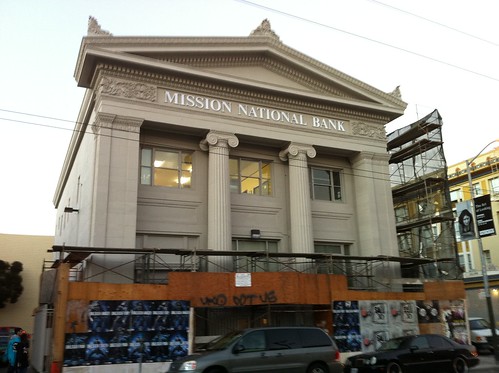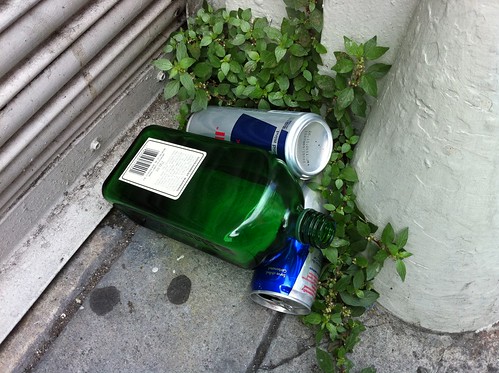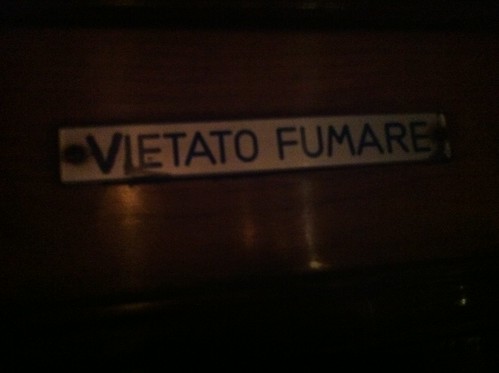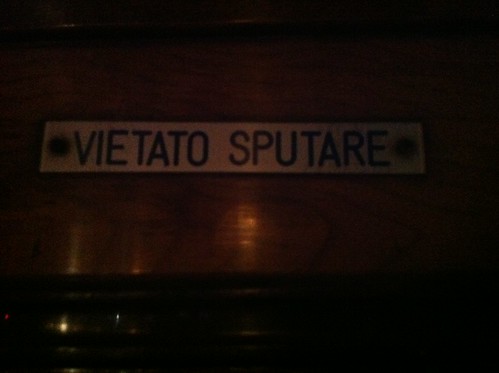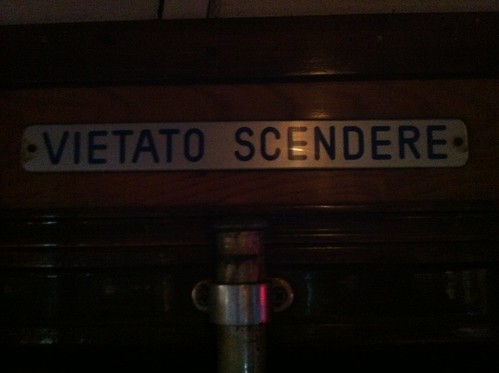There’s a lot of things I’d change about the way our bodies work if I could. We could be so much better. So what would I change?
I’m going to forgo the obvious here. There’s no need to discuss superpowers, infinite lifespans, Matrix-style brain plugs, regenerative limbs, the ability to run 100 MPH, etc. My new features are more unique and immediately practical. Sort of.
Here’s my new features.
Detachable teeth
Even a dentist would agree that going to the dentist sucks. But why? It’s not like anyone wants to have dirty, rotting teeth. No, the problem is the dental experience. Even the best dentist can’t magically make you feel great about having various painful implements stuffed into your mouth.
So if your jaw had a lever that removed your teeth, wouldn’t that be perfect? The dentist could just work on your teeth and you’d pick them up in an hour.
Now I know what you’re thinking — how is this different from dentures? Well first of all they’d be your natural teeth, so they’d fit much better and would come free with the rest of your body. But second, there would be no glues or weird odors or special tablets. The important thing here is you don’t smell like a grandfather.
Sleep timer
Picture this: you go to bed with eight hours to spare before you have to get up the next morning. But once you crawl into bed, you can’t get to sleep! Dammit!
What if instead of having an alarm, we had a way of setting our brains to automatically wake up at a certain time? This way you’d never have to worry about being late for something, plus you’d never have to worry about waking up too soon either because you’d sleep right up until the timer went off.
Of course there might be some issues, like you’d need a way to override the timer if a bear was attacking your children or your boss called, and a way to change your clock for daylight savings. But these are minor details… I guess.
Earlids
You can close your eyes. Why can’t you close your ears?
Think about how useful this would be — you could close your ears for sirens, at a loud concert, or even to prevent things from getting in your ear. Hearing loss and ear infections would be far less common.
Plus if someone was bitching at you, you could close your ears and think about how much you hate them.
Pain switch
Sometimes, pain is a good thing. For example, if you break your leg, pain lets you know that you need to go to the hospital.
But around puberty, we all start experiencing pain that doesn’t help us. Growing pains, headaches, backaches… and as you get older, it only gets worse. Wouldn’t it be great if we could just switch it off when we didn’t need it?
Ideally we could just switch off specific pain signals. So if you had a headache, you could turn that off, but you’d still know if you had a scrape and needed a bandage.
(Credit for the pain switch goes to Robert Anton Wilson.)
Eye focus knob
Eyes get out of focus? You would never need glasses if you had a knob to adjust the focus setting.
Sure, your eyes would still focus automatically even with the knob. But it would change the default in case it got out of whack.
Now you might say, “okay dude, but why not just have 20/20 vision?” Ah, well here’s the cool thing about a focus knob: you could use it to tune out. Bored in class? Just unfocus your eyes until the world is a gray blob, sit back, and pretend to be paying attention.
Baby door
Painful vaginal birth or a surgical cesarean section? How about neither? Women would just have a door on their bellies that unlocked and opened so the baby could be taken out.
Before anyone e-mails me and says this one is obvious, I sort of agree. If you’re a woman who’s given birth, I’m sure you’ve thought of this one. But I’m a guy, so this is original for me. So let’s give credit where credit is due, k?
Large diameter pee pipe
I’ve saved the best for last. Sure, it’s similar to the last one, but hear me out.
When you urinate, you’re basically squeezing out a balloon of liquid through a very, very small pipe. Due to the small diameter of the pipe, it takes quite a while to go pee. But why should it be this way?
So let’s have a bigger pipe for peeing. Or maybe a zipper or lid that we could open so all the pee could exit at once. Zip, splash, flush, and you’re done in 2 seconds.
Best part is, the whole issue with… um… *crosses legs* stones (ouch) would no longer be a threat to mankind.


